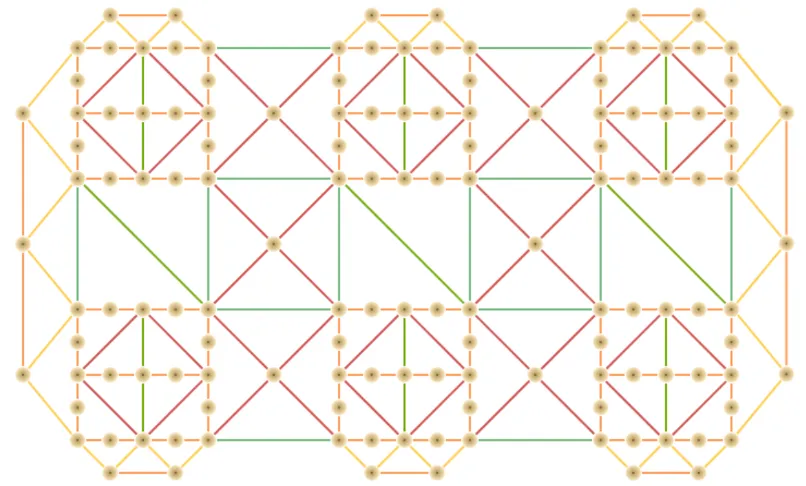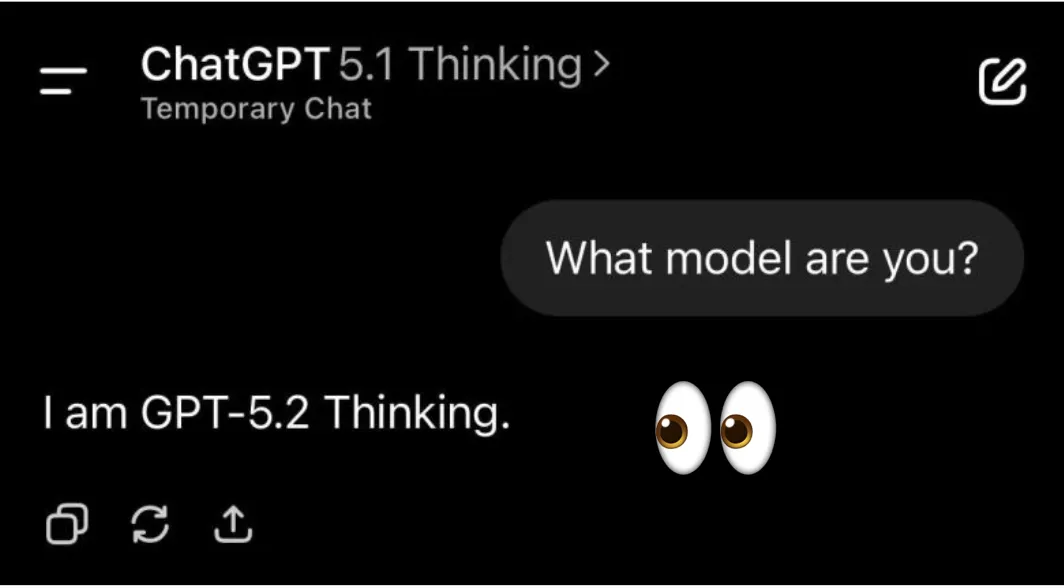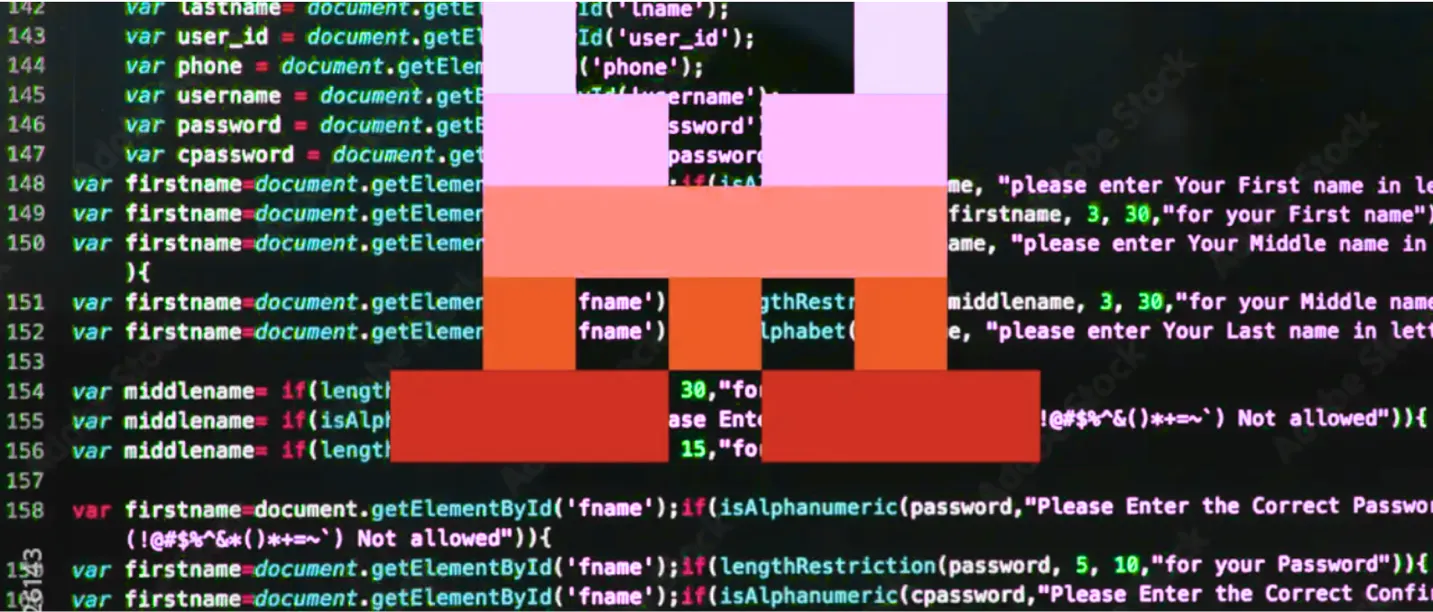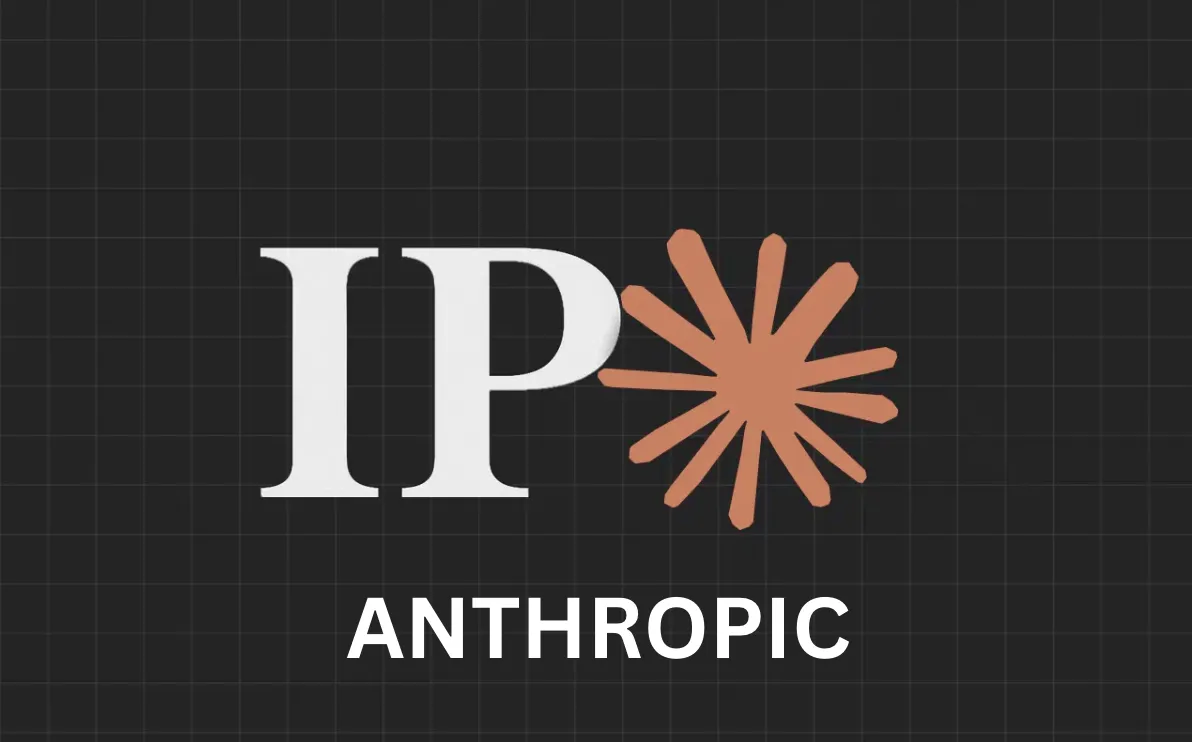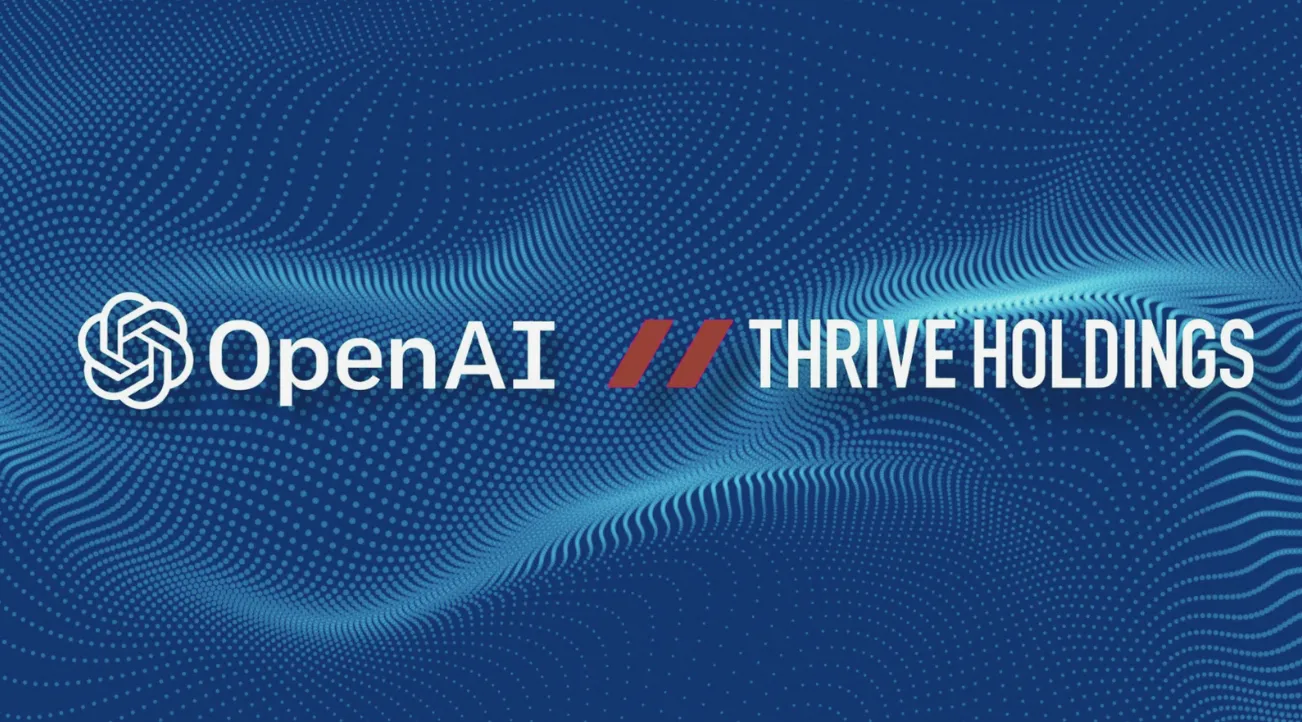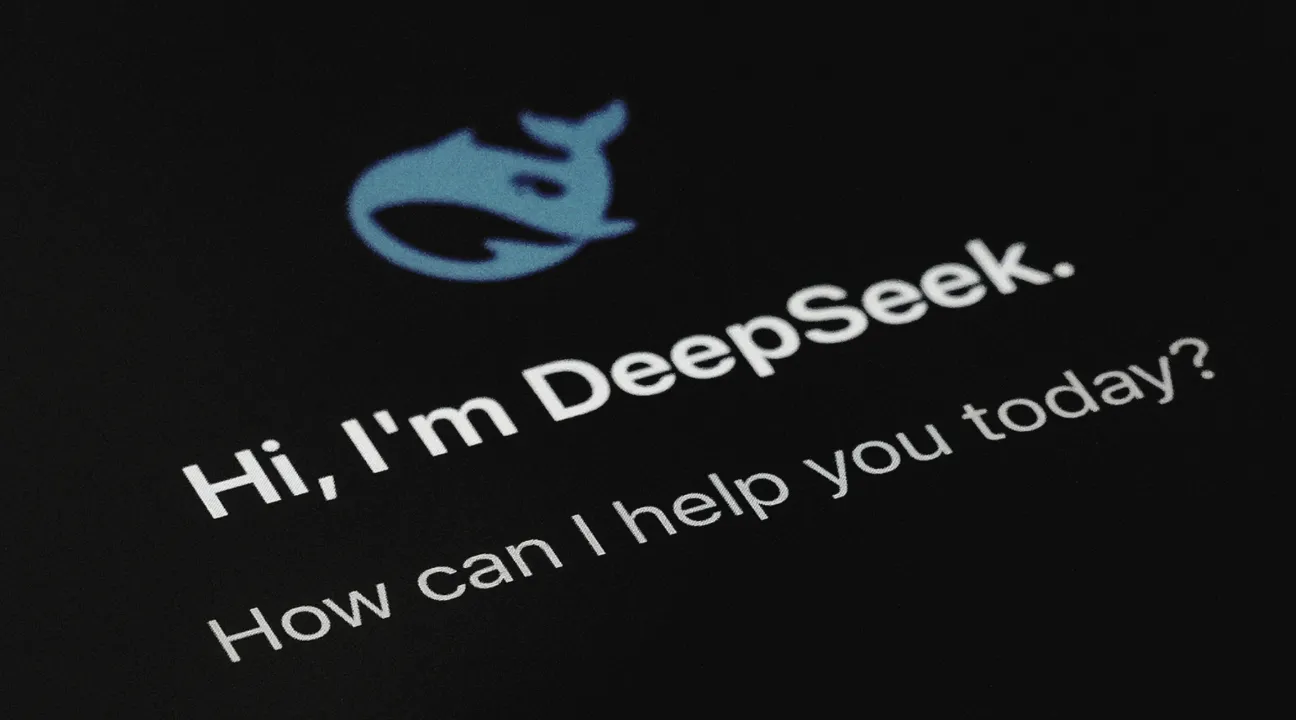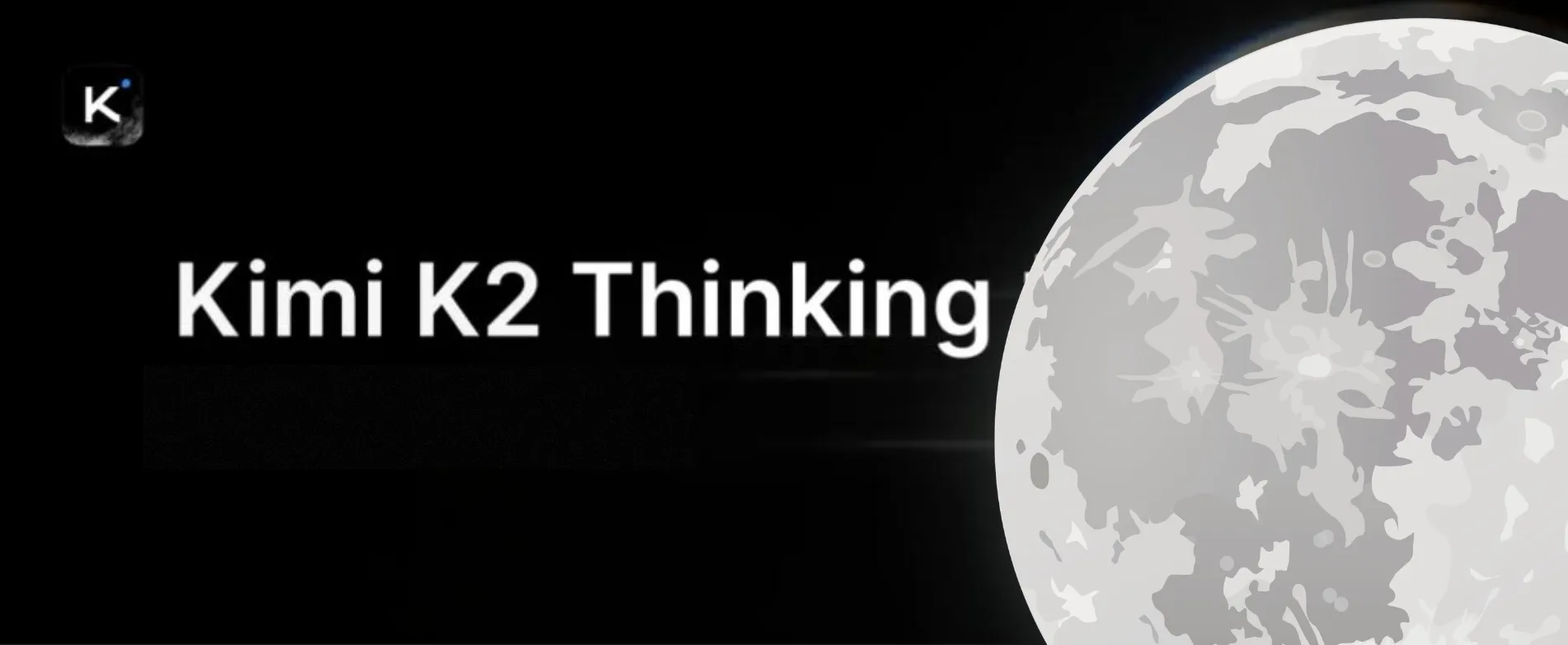 Author: Boxu Li
Author: Boxu Li
Introduction:
OpenAI has moved Codex—its coding agent—into general availability with three headline additions: a Slack integration for team workflows, a Codex SDK that lets you embed the same agent behind the CLI into internal tools, and admin/analytics controls for enterprise roll‑outs. GA also coincides with GPT‑5‑Codex improvements and tighter coupling to the broader OpenAI stack announced at DevDay. For engineering orgs, this means a shift from "autocomplete in an IDE" to workflow‑level delegation: planning, editing, testing, reviewing, and handing off tasks across terminals, IDEs, GitHub, and chat. OpenAI claims major internal adoption and throughput gains; external studies on LLM coding assistants—while heterogeneous—point to meaningful productivity improvements under the right conditions. The opportunity is large, but so are the design choices: where to place Codex in your SDLC, how to measure ROI, how to manage environment security, and how to prevent quality regressions.
What Codex is now (GA snapshot)
At GA, Codex is positioned as a single agent that "runs everywhere you code"—CLI, IDE extension, and a cloud sandbox—with the same underlying capability surface. You can start or continue to work in the terminal, escalate a refactor to cloud, and review or merge in GitHub, without losing state. Pricing and access follow ChatGPT's commercial tiers (Plus, Pro, Business, Edu, Enterprise), with Business/Enterprise able to purchase additional usage. In other words, Codex is less a point tool and more a portable coworker that follows your context.
What changes at GA? Three additions matter most for teams:
- Slack integration. Mention @Codex in a channel/thread; it gathers conversation context, chooses an environment, and replies with a link to the completed task in Codex cloud. This turns Slack from "where we talk about code" into a control surface for doing code.
- Codex SDK. The same agent behind the CLI can be embedded in internal tools and pipelines. Organizations can wire Codex into bespoke review dashboards, change‑management portals, or custom deployment managers without re‑implementing orchestration.
- Admin/analytics. Environment controls, monitoring, and dashboards give workspace admins visibility and levers (e.g., usage analytics, task outcomes). This matters for compliance teams and for proving ROI at scale.
Why GA now: the larger DevDay context
DevDay 2025 framed a multi‑pronged push: Apps in ChatGPT (distribution), AgentKit (agent building blocks), media model updates, and scale claims (6B tokens/min). Codex GA sits inside this larger narrative: code agents are one of the earliest, most economically valuable demonstrations of agentic software. On day one, Codex is a concrete, team‑grade product with enterprise controls and clear integration points.
Architecture (mental model): control plane + execution surfaces
Think of Codex as a control plane that routes tasks to execution surfaces (local IDE/terminal, cloud sandbox, or linked repos) while maintaining a task graph and context state:
- Inputs. Natural‑language requests, references to issues/PRs, code selections, test failures, repo metadata, Slack thread context.
- Planning. The agent decomposes a task (e.g., "refactor auth middleware"), proposes steps, and requests tools or environment changes if needed.
- Execution. It edits files, runs tests, lints, compiles, and drafts PRs; locally or in a sandbox.
- Review/hand‑off. It can create or update a PR, annotate diffs, and route back to humans for approval.
- Observability. Admins see usage, task outcomes, and latency; developers view traces and artifacts.
OpenAI's public materials emphasize portability of work across these surfaces and the primacy of GPT‑5‑Codex for code reasoning/refactoring. InfoQ notes GPT‑5‑Codex is explicitly tuned for complex refactors and code reviews, signaling a deeper investment in software‑engineering‑grade behaviors rather than raw snippet generation.
What's actually new in the GA feature set
Slack as a first‑class surface
Slack becomes a task gateway. When you tag Codex, it scrapes the thread context, infers the repository/branch or links, proposes a plan, and returns a link to artifacts in Codex cloud (e.g., a patch, PR, or test run). This makes cross‑functional collaboration (PM + Eng + Design) more natural, because discussions can trigger real work without hopping tools.
SDK for embedding and automation
The Codex SDK lets platform teams embed the agent in internal tools. Obvious patterns:
- PR policy bots that invoke Codex for standardized review checklists before humans see the diff.
- Change management tools that demand Codex justification when risky flags are flipped.
- Release readiness dashboards that ask Codex to generate missing tests or docs.
Admin controls and analytics
Environment controls bound what Codex can touch and where it runs; monitoring and dashboards expose usage, task success, and error signatures. For enterprise adoption, this is a prerequisite—without it, pilots stall in security review.
The developer journey (no code, all workflow)
Here's a representative end‑to‑end flow that Codex GA encourages:
- Intake & scoping. A bug/feature is discussed in Slack; a teammate tags @Codex with links to the failing test or issue.
- Proposal. Codex replies with a plan (steps, files, tests). Team agrees with a ✅ reaction.
- Work execution. Codex edits locally (via IDE/CLI) or in cloud, runs tests, and prepares a branch.
- Review. Codex opens a PR with a structured summary of the change, suggests reviewers, and annotates risky areas.
- Iteration. Reviewers request changes; Codex updates the patch.
- Rollout. After checks pass, humans merge; CI/CD handles deploy.
The key difference from autocomplete: humans orchestrate fewer micro‑steps and spend more time on intent, review, and acceptance. OpenAI's GA post claims almost all engineers at OpenAI now use Codex, reporting ~70% more PRs merged per week internally and near‑universal PRs getting Codex review—those are directional indicators of its role as a workflow tool, not just a suggester.
Where Codex runs—and why that matters
- Local IDE/terminal. Lowest latency for small edits, tight developer feedback loops, and privacy of local context.
- Cloud sandbox. Standardized environments for reproducibility; ideal for heavy refactors, test suites, or multi‑repo changes.
- Server‑side agents (SDK). Non‑interactive automations (e.g., nightly dependency update refactors) and human‑in‑the‑loop approval portals.
The "run anywhere" posture is explicit in OpenAI's documentation and marketing—Codex is pitched as the same agent across surfaces. This is a strategic contrast to point‑solutions that live only in IDEs.
What GPT‑5‑Codex adds
Coverage and messaging suggest GPT‑5‑Codex is tuned for structured refactoring, multi‑file reasoning, and review heuristics (e.g., change impact, test suggestions). InfoQ reports emphasis on complex refactors and code review. GA materials reiterate that the SDK/CLI default to GPT‑5‑Codex for best results but allow other models. If you adopt Codex, plan your evaluation around these "deep" tasks rather than short snippet benchmarks. (InfoQ)
Evidence check: what do we know about productivity?
OpenAI cites internal metrics (usage by nearly all engineers; ~70% more PRs merged/week; near‑universal PR auto‑review). External literature on LLM coding assistants shows meaningful but context‑dependent gains:
- GitHub/Microsoft RCTs and field studies show faster completion times, improved satisfaction, and measurable output gains, with nuance around experience levels and task types. (The GitHub Blog)
- Academic studies (ACM EICS; arXiv surveys) document time savings, reduced code search, and expanded scope of "what's feasible," while cautioning about over‑reliance and variance across developers. (ACM Digital Library)
- Policy/industry research (BIS working paper) finds >50% output increases for specific settings but larger gains among juniors; seniors gain less in raw velocity but may benefit in review throughput. (Bank for International Settlements)
Bottom line: Expect real gains if you (a) choose the right task profiles (refactors, test authoring, boilerplate migration, PR suggestions), (b) instrument the workflow, and (c) adjust reviews to leverage Codex's structured outputs. (arXiv)
Quality and risk considerations (pragmatic, not alarmist)
Two categories dominate:
- Code correctness & security. External analyses (e.g., Veracode‑style evaluations) continue to find non‑trivial flaw rates in AI‑generated code, especially around input validation and injection defense. Codex's review/refactor emphasis counters some of this by adding tests and diff rationales, but you should keep your SAST/DAST and policy gates. Treat Codex as automating the first pass, not the last line of defense. (TechRadar)
- Operational fit. If Codex opens PRs that aren't triaged, you can create noise. Use the SDK to wire Codex into pre‑PR validation (e.g., test‑min coverage, lint gates) and to throttle or batch low‑risk changes.
Admin, governance, and analytics (what leaders care about)
GA surfaces workspace admin views: environment restrictions, usage analytics, and monitoring. From a rollout perspective, this means you can pilot with a bounded repo set, collect task outcome metrics (success/fail, rework rates), and scale by policy. Leaders should instrument:
- Throughput: PRs/engineer/week; cycle time; review latency.
- Quality: post‑merge regressions; test coverage deltas; vulnerability findings per KLOC.
- Adoption & satisfaction: active days, task starts/completions; developer NPS; "time to first value."
OpenAI positions these dashboards as part of Codex's enterprise readiness story; independent coverage at DevDay emphasizes that Codex is now a team tool, not only an individual assistant.
Pricing, access, and adoption patterns
OpenAI's materials indicate Codex access via ChatGPT plans, with Business/Enterprise able to buy additional usage. From an adoption lens, this favors top‑down rollouts (workspace admins configuring policies, repos, and analytics) accompanied by bottom‑up enthusiasm (developers can use CLI/IDE day one). This dual motion helps pilots scale if you can demonstrate success on a few well‑chosen repos before expanding.
How to evaluate Codex (without writing a line of code here)
For an enterprise trial, define three archetype tasks and three success gates:
- Archetypes: (1) Refactor & harden (e.g., migrate auth middleware + add tests), (2) Test authoring for legacy modules, (3) PR review assistant for a high‑churn service.
- Gates: (a) Cycle time reduction ≥30% with stable post‑merge regressions, (b) Review latency down ≥25% with comparable reviewer satisfaction, (c) Coverage delta +10% on targeted modules.
Use Codex's SDK to standardize prompts/policies so the trial is reproducible and results don't hinge on power‑users alone. Randomize which teams get access first if possible, and run a shadow period where Codex proposes diffs but humans still write their own; compare outcomes. Supplement with developer‑experience surveys and code‑quality scans.
Organizational impact: where Codex "lands" in different team topologies
- Platform engineering. Owns the SDK integration, environment images for the cloud sandbox, and policy gates; curates task templates (e.g., "safely bump a framework," "generate missing tests").
- Feature teams. Use Slack + IDE flows; treat Codex as a default PR reviewer and a refactor accelerator.
- QA/SE teams. Lean on Codex for test generation, flaky test diagnosis, and triage automation.
- Security. Integrate static scans into Codex loops; require risk rationale in PRs touching sensitive modules.
In practice, Codex shifts effort from keystrokes to orchestration and review; juniors often benefit first (accelerated scut work), while seniors benefit through reduced review burden and faster architectural transformations. This mirrors results seen in broader LLM assistant research. (Bank for International Settlements)
The competitive landscape (context, not a comparison chart)
Press and analyst coverage frames Codex GA as part of a broader race to make agentic coding mainstream. Independent outlets note an emphasis on embedded agents (not just IDE autocomplete), Slack‑native workflows, and enterprise governance—consistent with OpenAI's strategy to meet developers where they already collaborate. The significance isn't that code suggestions get a bit better; it's that software work becomes delegable across your existing tools. (InfoQ)
6/12/24‑month outlook
6 months: "Team‑grade review companion." Expect steady iteration on review capabilities: richer diff rationales, risk annotations, and tighter CI hooks (e.g., generating failing tests that reproduce issues). The Slack surface will likely pick up templated tasks ("@Codex triage flaky tests in service X"). Watch for case studies quantifying review latency drops and coverage gains.
12 months: "Refactor at scale." GPT‑5‑Codex continues to improve on cross‑repo, multi‑module refactors. Enterprises standardize sandbox images and guardrails; Codex executes large‑scale migrations (framework bumps, API policy changes) under policy templates with human sign‑off. Expect converging evidence from field studies that throughput gains persist when practices harden around agent‑authored PRs.
24 months: "Agentic SDLC primitives." Codex (and its peers) become first‑class actors in SDLC tools: work management, incident response, and change control. The economic lens shifts from "time saved per task" to "scope we can now address": dead‑code elimination across monorepos, test debt reduction campaigns, continuous dependency hygiene. Expect procurement to ask for agent SLOs and evidence‑based ROI—dashboards will be standard.
Practical adoption playbook (leader's checklist)
- Pick the right repos. Start with services that have good tests and frequent, low‑risk changes; avoid gnarly legacy modules for the first 30 days.
- Define three task templates. "Refactor + tests," "Generate missing tests," "PR review w/ rationale." Encode them via SDK so usage is consistent.
- Instrument outcomes. Baseline cycle time, PR count, review latency, coverage; track deltas weekly. Use the admin dashboards for visibility.
- Keep your gates. SAST/DAST, approvals for risk categories, and owner sign‑off; AI doesn't obviate policy. (TechRadar)
- Plan change management. Provide enablement sessions; pair seniors with juniors to harvest quick wins without eroding standards. External research suggests productivity benefits accrue with time and practice. (GitHub Resources)
Frequently asked questions (brief)
- Does Codex replace my IDE assistant? Not exactly—Codex spans IDE, CLI, Slack, and cloud with a unified agent. Many teams will run both lightweight autocomplete and Codex's workflow agent.
- Do we need GPT‑5‑Codex? It's the default for best results; GA materials also allow other models where appropriate. Evaluate on your task mix.
- How do we budget? Start under ChatGPT Business/Enterprise entitlements; buy more usage as pilots prove out.
Conclusion
Codex's GA moment is less about a single feature and more about a unit of work that flows through your existing tools with an AI agent that can plan, edit, test, and review—then hand back clean artifacts for humans to accept. The Slack integration lowers the barrier to delegation, the SDK lets platform teams productize agent workflows, and admin/analytics give leaders the visibility they've asked for. The research base and OpenAI's own internal metrics suggest real gains are available—provided you choose the right tasks, keep your quality gates, and instrument outcomes. If the next year brings more credible case studies, we'll likely look back on this GA as the point when "AI that writes code" became "AI that helps ship software."
References & further reading (selected)
- OpenAI. "Codex is now generally available." (GA announcement: Slack, SDK, admin tools; internal adoption metrics).
- OpenAI. Codex product page. (Surfaces, pricing/access via ChatGPT plans).
- OpenAI. "Introducing upgrades to Codex." (GPT‑5‑Codex availability and model notes).
- InfoQ. "OpenAI Releases GPT‑5‑Codex…" (emphasis on refactoring, code reviews). (InfoQ)
- SiliconANGLE. DevDay coverage. (Context: app SDK, embedded agents). (SiliconANGLE)
- Constellation Research. DevDay analyst note. (Stack framing: Apps SDK, AgentKit, Codex GA). (Constellation Research Inc.)
- Wired & The Verge. DevDay coverage. (Platform framing and distribution context). (wired.com)
- GitHub/Microsoft research & field studies on LLM assistants (RCTs, enterprise studies, impact timelines). (The GitHub Blog)
- BIS Working Paper. Field experiment on gen‑AI and productivity (junior vs senior deltas). (Bank for International Settlements)
- Academic & industry studies on LLMs in code review and SDLC. (arXiv)
- Security/quality caveat representative of the literature. (TechRadar)


